Python Dict Check Key
Python dictionaries are versatile data structures that are used to store and organize data in key-value pairs. Dict check key functionality is essential for determining if a specific key exists within a dictionary. In this article, we will explore various methods to check if a key exists in a Python dictionary, as well as provide additional insights into manipulating dictionary elements.
Python Dictionary Overview
A dictionary in Python is an unordered collection of items where each item is stored as a key-value pair. Dictionaries are created using curly braces or the dict() function. Let’s take a closer look at these methods:
1. Using curly braces:
“`
my_dict = {‘name’: ‘John’, ‘age’: 25, ‘city’: ‘New York’}
“`
2. Using the dict() function:
“`
my_dict = dict(name=’John’, age=25, city=’New York’)
“`
Accessing and Modifying Dictionary Elements
Once a dictionary is created, you can easily access and modify its elements. Here are a few common operations:
1. Accessing values by keys:
“`
print(my_dict[‘name’]) # Output: John
“`
2. Changing values by keys:
“`
my_dict[‘age’] = 26
print(my_dict[‘age’]) # Output: 26
“`
3. Adding new key-value pairs:
“`
my_dict[‘occupation’] = ‘Engineer’
“`
4. Removing key-value pairs:
“`
del my_dict[‘city’]
“`
Checking if a Key Exists in a Python Dictionary
To check if a specific key exists in a Python dictionary, you can use the following methods:
1. Using the ‘in’ keyword:
“`
if ‘name’ in my_dict:
print(‘Key exists!’)
“`
2. Using the get() method:
“`
if my_dict.get(‘name’):
print(‘Key exists!’)
“`
3. Using the keys() method:
“`
if ‘name’ in my_dict.keys():
print(‘Key exists!’)
“`
Handling Non-Existent Keys in Python Dictionaries
Handling non-existent keys is an important aspect of working with Python dictionaries. Here are two common methods to handle non-existent keys:
1. Using a try-except block:
“`
try:
print(my_dict[‘salary’])
except KeyError:
print(‘Key does not exist!’)
“`
2. Using the get() method with a default value:
“`
salary = my_dict.get(‘salary’, 0)
print(salary) # Output: 0
“`
Iterating Over Keys and Values in a Python Dictionary
Python provides convenient ways to loop through the keys and values of a dictionary:
1. Using a for loop with the keys() method:
“`
for key in my_dict.keys():
print(key)
“`
2. Using a for loop with the items() method:
“`
for key, value in my_dict.items():
print(key, value)
“`
Manipulating Dictionary Keys and Values
Python dictionaries offer several methods to manipulate the keys and values. Let’s explore some of these methods:
1. Updating values using the update() method:
“`
my_dict.update({‘age’: 27, ‘occupation’: ‘Developer’})
“`
2. Deleting key-value pairs using the del keyword:
“`
del my_dict[‘occupation’]
“`
3. Clearing all key-value pairs using the clear() method:
“`
my_dict.clear()
“`
Nested Dictionaries in Python
Python dictionaries can also contain other dictionaries as values. Here is how you can work with nested dictionaries:
1. Creating nested dictionaries:
“`
my_dict = {‘personal_info’: {‘name’: ‘John’, ‘age’: 25}, ‘work_info’: {‘position’: ‘Developer’, ‘salary’: 5000}}
“`
2. Accessing values in nested dictionaries:
“`
print(my_dict[‘personal_info’][‘name’]) # Output: John
“`
3. Modifying values in nested dictionaries:
“`
my_dict[‘work_info’][‘position’] = ‘Engineer’
“`
4. Adding and removing key-value pairs in nested dictionaries:
“`
my_dict[‘work_info’][‘location’] = ‘New York’
del my_dict[‘work_info’][‘salary’]
“`
FAQs
Q: How can I check if a key exists in a Python dictionary?
A: You can use the ‘in’ keyword, the get() method, or the keys() method to check if a key exists in a Python dictionary.
Q: What happens if I try to access a non-existent key in a Python dictionary?
A: If you try to access a non-existent key using square brackets [], a KeyError will be raised. However, using the get() method with a default value or a try-except block can handle this situation gracefully.
Q: How can I update the value of a key in a Python dictionary?
A: You can update the value of a key using the assignment operator (=) or the update() method. If the key does not exist, it will be added to the dictionary.
Q: Can I have nested dictionaries in Python?
A: Yes, Python dictionaries can contain other dictionaries as values, allowing for the creation of nested data structures.
In conclusion, checking if a key exists in a Python dictionary is an essential operation in many applications. By using the methods described in this article, you can easily determine if a key is present and handle non-existent keys gracefully. Python dictionaries provide a powerful and flexible way to store and manipulate data efficiently. So go ahead, explore the vast possibilities of Python dictionaries in your next project!
Python Tutorial For Beginners 5: Dictionaries – Working With Key-Value Pairs
How To Check Key In Dict Python?
Python provides a versatile and powerful data structure called a dictionary that allows us to store and manipulate data in key-value pairs. When working with dictionaries, it is often necessary to check if a specific key exists within the dictionary. In this article, we will discuss various approaches to check for a key in a dictionary and explore scenarios where they are applicable.
Checking for a key in a dictionary is a common task in Python programming. It can help us avoid errors and handle different cases appropriately. Let’s dive into different methods we can use for checking the presence of a key in a dictionary.
Method 1: ‘in’ operator
The most straightforward way to check whether a key exists in a dictionary is by using the ‘in’ operator. This operator returns True if the specified key is present in the dictionary and False otherwise. Here’s an example:
“`python
my_dict = {‘name’: ‘John’, ‘age’: 25, ‘country’: ‘USA’}
if ‘country’ in my_dict:
print(‘Key is present.’)
else:
print(‘Key is not present.’)
“`
In this example, we use the ‘in’ operator to check if the key ‘country’ exists in the dictionary. We then display a corresponding message based on the result.
Method 2: get() method
Another approach is to use the get() method of a dictionary. The get() method returns the value associated with the specified key if it exists, and a default value (None by default) if the key is not found. We can leverage this behavior to check if a key exists. Take a look at the following example:
“`python
my_dict = {‘name’: ‘John’, ‘age’: 25, ‘country’: ‘USA’}
if my_dict.get(‘country’):
print(‘Key is present.’)
else:
print(‘Key is not present.’)
“`
By calling the get() method with the key, we can directly check if the key exists. If the key is present, it returns the associated value, which evaluates to True. Otherwise, it returns None, which evaluates to False.
Method 3: try-except block
Another effective way to check for a key in a dictionary is by using a try-except block. We attempt to access the key using the dictionary[key] syntax and handle the KeyError exception if the key is not found. Here’s an example:
“`python
my_dict = {‘name’: ‘John’, ‘age’: 25, ‘country’: ‘USA’}
try:
value = my_dict[‘country’]
print(‘Key is present.’)
except KeyError:
print(‘Key is not present.’)
“`
This method ensures that we can access the value associated with the key if it exists and easily handle the non-existence of the key.
Frequently Asked Questions (FAQs)
Q1: What happens if we use the ‘in’ operator with a non-existing key?
When using the ‘in’ operator with a non-existing key, it returns False, indicating that the key is not present in the dictionary.
Q2: Can we check for a key in nested dictionaries?
Yes, we can check for a key in nested dictionaries by recursively applying any of the methods mentioned above. By checking each dictionary in the nested structure, we can determine if the key exists.
Q3: Are there any performance differences between these methods?
The ‘in’ operator and the get() method have similar performance characteristics, both operating in constant time on average. However, using the ‘in’ operator might be slightly faster due to its optimized implementation.
Q4: Is there any method to check the presence of a value rather than a key in a dictionary?
The methods discussed in this article solely focus on checking the presence of a key in a dictionary. To check the presence of a value, we can use the ‘in’ operator with the dictionary’s values() method, which returns a view object of all the values in the dictionary.
In conclusion, checking for a key in a Python dictionary is a fundamental operation that comes up frequently when working with dictionaries. By utilizing the ‘in’ operator, the get() method, or a try-except block, we can easily determine whether a key exists and handle different scenarios effectively. Employing the right method will depend on your specific requirements and coding style.
How To Check Key-Value In List Of Dict In Python?
When working with complex data structures in Python, it is quite common to come across a list of dictionaries. This data structure allows you to store multiple dictionaries in a single list, enabling you to work with tabular or structured data efficiently. In many scenarios, you may need to search for a specific key-value pair within this list of dictionaries. In this article, we will explore various methods to accomplish this task and understand the nuances of checking key-value in a list of dict in Python.
## Methods to Check Key-Value in a List of Dict
### Method 1: Linear Search
One of the simplest approaches to check the presence of a key-value pair in a list of dictionaries is by using a linear search. In this method, you iterate through each dictionary in the list and check if the desired key-value pair exists.
Here’s an example illustrating the linear search method:
“`python
def linear_search(list_of_dicts, key, value):
for dictionary in list_of_dicts:
if key in dictionary and dictionary[key] == value:
return True
return False
“`
In the code snippet above, we define a function `linear_search` that takes three arguments: the list of dictionaries, the key to be searched, and the corresponding value. Within the function, we iterate over each dictionary in the list and check if (a) the key exists in the dictionary, and (b) if the value associated with the key matches the desired value. If both conditions are satisfied, we return `True`, indicating that the key-value pair was found. If the loop completes without finding a match, we return `False`.
### Method 2: Using List Comprehension
Another efficient way to check key-value pairs in a list of dictionaries is by using list comprehension. List comprehension is a concise and powerful feature in Python that allows us to create new lists based on existing lists or other iterable objects.
Here’s an example demonstrating the use of list comprehension for key-value pair checking:
“`python
def list_comprehension(list_of_dicts, key, value):
return any(dictionary[key] == value for dictionary in list_of_dicts if key in dictionary)
“`
In this code snippet, we use the `any()` function along with a list comprehension expression. The list comprehension checks if the desired key exists in each dictionary of the list, and if so, it compares the value associated with the key to the desired value. The `any()` function then returns `True` if any of these comparisons are true, indicating the presence of the key-value pair.
### Method 3: Using Filter Function
The `filter()` function in Python can be utilized to filter a list based on some condition. By combining it with lambda functions, we can extract the dictionaries that contain the desired key-value pair.
Here’s an example demonstrating the use of the `filter()` function:
“`python
def filter_function(list_of_dicts, key, value):
filtered_dicts = filter(lambda dictionary: key in dictionary and dictionary[key] == value, list_of_dicts)
return len(list(filtered_dicts)) > 0
“`
In this code snippet, we create a lambda function that checks if a dictionary contains the desired key-value pair. The `filter()` function applies this lambda function to each dictionary in the list and returns an iterator of the filtered dictionaries. We convert this iterator to a list and check if its length is greater than zero, indicating the presence of the key-value pair.
## FAQs
#### Q1. Can I check for multiple key-value pairs simultaneously in a list of dictionaries?
Yes, you can easily modify the above methods to check for multiple key-value pairs simultaneously. Simply extend the conditions in the if statements or lambda functions to include the additional key-value pairs you want to search for.
#### Q2. How do I handle cases where the key does not exist in some dictionaries?
In the methods described above, we check if the key exists in each dictionary before proceeding with the value comparison. Therefore, if the key is absent in a dictionary, it will not be considered for the key-value search.
#### Q3. Which method should I use for key-value checking: linear search, list comprehension, or filter function?
The choice of method depends on factors such as the size of the list, the complexity of the comparison required, and personal preferences. Linear search may be suitable for smaller lists, while list comprehension and filter functions are generally more efficient for larger data sets.
#### Q4. Can I use these methods for nested dictionaries within the list as well?
Absolutely! These methods will work for nested dictionaries within the list as long as the desired key-value pair exists at the expected level of nesting. You may need to adjust the conditions accordingly.
In conclusion, checking key-value pairs within a list of dictionaries in Python can be accomplished through various methods such as linear search, list comprehension, and the filter function. Each technique offers its own advantages and can be chosen based on the specific requirements of your project. By familiarizing yourself with these techniques, you will be well-equipped to efficiently extract and validate specific key-value pairs from complex data structures in your Python programs.
Keywords searched by users: python dict check key Python check key in array, Set value dictionary python, Python dict get non existing key, Check value in dictionary Python, Dict in Python, Add value to key dictionary Python, Find element in dictionary Python, Python list key-value
Categories: Top 31 Python Dict Check Key
See more here: nhanvietluanvan.com
Python Check Key In Array
When working with arrays in Python, one common task is to check whether a certain key or element exists in the array. Whether you want to determine if a specific value is present or verify if a particular index/key exists, Python provides various methods and techniques to accomplish this. In this article, we will explore different ways to check for a key in an array and discuss their advantages and disadvantages.
Basic Approach: Linear Search
The most straightforward approach to check if a key exists in an array is by performing a linear search. In Python, you can iterate through each element in the array and compare it with the desired key. If a match is found, the key is present in the array; otherwise, it is not.
Here’s an example implementation of the linear search method:
“`python
def linear_search(array, key):
for element in array:
if element == key:
return True
return False
# Example usage
my_array = [5, 3, 7, 1, 9]
print(linear_search(my_array, 7)) # Output: True
print(linear_search(my_array, 4)) # Output: False
“`
While the linear search method is simple to implement, its time complexity is O(n), where n is the number of elements in the array. This means that as the size of the array increases, the search operation becomes slower.
Using the `in` Operator
Python provides a more concise way of checking for a key in an array using the `in` operator. The `in` operator returns a boolean value indicating whether the key is present in the array.
Here’s an example of using the `in` operator:
“`python
my_array = [5, 3, 7, 1, 9]
print(7 in my_array) # Output: True
print(4 in my_array) # Output: False
“`
The `in` operator internally uses optimized data structures and algorithms, making it more efficient than the linear search method. Its time complexity is O(n) in the average case and O(n^2) in the worst-case scenario. However, for most practical cases, the `in` operator performs well.
Using the `index()` Method
In addition to the `in` operator, Python arrays provide the `index()` method that allows you to find the index of a given key if it exists in the array. If the key is not found, a `ValueError` exception is raised.
Here’s an example of using the `index()` method:
“`python
my_array = [5, 3, 7, 1, 9]
try:
index = my_array.index(7)
print(f”Key found at index {index}”)
except ValueError:
print(“Key not found”)
“`
Using the `index()` method provides the benefits of both checking if a key exists and knowing its index if it does. However, be cautious when using this method repeatedly on a large array, as it has a time complexity of O(n).
Using the `get()` Method on a Dictionary
In Python, you can use dictionaries to store key-value pairs. If you have an array of dictionaries, checking for a specific key becomes straightforward. By using the `get()` method, you can retrieve the value associated with the given key or get a default value if the key does not exist.
Here’s an example of using the `get()` method:
“`python
my_array = [
{“name”: “Alice”, “age”: 25},
{“name”: “Bob”, “age”: 30},
{“name”: “Charlie”, “age”: 35}
]
# Check if a key “age” exists in any dictionary
print(any(“age” in d for d in my_array)) # Output: True
# Get the value associated with key “name” from the first dictionary
print(my_array[0].get(“name”)) # Output: Alice
# Get the value associated with key “height” (which does not exist)
print(my_array[1].get(“height”, “Default Value”)) # Output: Default Value
“`
The `get()` method, when used on dictionaries, provides a clean and efficient way to check for keys. Its time complexity is O(1) on average.
FAQs
Q1: Can I use the `in` operator on nested arrays or multidimensional arrays?
A1: Yes, you can use the `in` operator on nested or multidimensional arrays. However, it will only check for the existence of the entire subarray rather than a specific key within it.
Q2: Are there any performance implications when using large arrays?
A2: Yes, the performance can be affected, especially when using linear search or the `index()` method on large arrays. Consider using optimized data structures like dictionaries or sets for better performance.
Q3: What happens if I use the `index()` method on an empty array?
A3: When using the `index()` method on an empty array, a `ValueError` exception is raised since there are no elements to search.
Q4: How can I check for keys in an array of objects with custom attributes?
A4: You need to define the appropriate comparison logic for your custom objects. Either override the `__eq__()` method for direct comparison or iterate through the array, comparing the desired attribute of each object.
In conclusion, checking for a key in an array is a common task in Python, and there are several approaches to accomplish it. Whether it is through linear search, using the `in` operator, leveraging the `index()` method, or using dictionaries, each method has its advantages and disadvantages. Consider the size of the array, performance requirements, and specific use case to choose the most suitable method for your scenario.
Set Value Dictionary Python
Python is a versatile programming language known for its simplicity and ease of use. It offers a wide range of built-in data structures, including dictionaries, that allow developers to efficiently organize and manipulate data. One powerful feature of dictionaries in Python is the ability to assign multiple values to a single key using a data structure known as a set. In this article, we will explore how to create and manipulate set value dictionaries in Python.
Understanding Dictionaries and Sets in Python
Before delving into set value dictionaries, it’s crucial to grasp the fundamentals of dictionaries and sets individually.
Dictionaries are mutable data structures that store key-value pairs. Each key in a dictionary should be unique, allowing for fast retrieval of values based on their corresponding keys. Dictionary keys can be of any immutable data type, including strings, numbers, and tuples, while the values can be of any type, including other dictionaries or sets.
On the other hand, a set is an unordered collection of unique elements. Sets are highly efficient when it comes to checking membership and performing set operations like union, intersection, and difference. These characteristics make sets a perfect choice for storing values in a dictionary where uniqueness is crucial.
Creating a Set Value Dictionary in Python
Creating a set value dictionary in Python involves initializing an empty dictionary and assigning sets as its values using unique keys. Let’s walk through the process step by step.
“`python
# Initializing an empty dictionary
set_dict = {}
# Assigning sets as values
set_dict[‘key1’] = {1, 2, 3}
set_dict[‘key2’] = {4, 5, 6}
set_dict[‘key3’] = {7, 8, 9}
# Displaying the set value dictionary
print(set_dict)
“`
Output:
“`python
{‘key1’: {1, 2, 3}, ‘key2’: {4, 5, 6}, ‘key3’: {7, 8, 9}}
“`
In the example above, we created an empty dictionary `set_dict` and assigned sets as values to three different keys: `’key1’`, `’key2’`, and `’key3’`. Later, we printed the dictionary, displaying the assigned sets as values.
Accessing and Manipulating Set Values
Now that we have seen how to create a set value dictionary, let’s explore how to access and manipulate the sets stored within it.
“`python
# Accessing a set value using the dictionary key
print(set_dict[‘key2’])
# Adding elements to a set value
set_dict[‘key1’].add(4)
print(set_dict[‘key1’])
# Removing elements from a set value
set_dict[‘key3’].remove(9)
print(set_dict[‘key3’])
“`
Output:
“`python
{4, 5, 6}
{1, 2, 3, 4}
{7, 8}
“`
In the code snippet above, we accessed a set value using the key `’key2’` and printed its contents. We then added the element `4` to the set associated with `’key1’` using the `add()` method. Finally, we removed the element `9` from the set associated with `’key3’` using the `remove()` method.
Performing Set Operations on Set Value Dictionaries
Set value dictionaries in Python become even more powerful when we utilize set operations on their values. Let’s explore some of the commonly used set operations.
“`python
# Union of two sets in a set value dictionary
union_set = set_dict[‘key1’].union(set_dict[‘key2’])
print(union_set)
# Intersection of two sets in a set value dictionary
intersection_set = set_dict[‘key1’].intersection(set_dict[‘key2’])
print(intersection_set)
# Difference between two sets in a set value dictionary
difference_set = set_dict[‘key1’].difference(set_dict[‘key2’])
print(difference_set)
“`
Output:
“`python
{1, 2, 3, 4, 5, 6}
{4}
{1, 2, 3}
“`
In the example above, we showcase three set operations: `union()`, `intersection()`, and `difference()`. We perform these operations on the sets associated with `’key1’` and `’key2’` in `set_dict`.
Frequently Asked Questions (FAQs):
Q1: Can dictionaries have sets as both keys and values?
Yes, dictionaries can have sets as both keys and values. The keys of a dictionary must be unique and immutable data types, while the values can be of any data type, including sets.
Q2: Are sets mutable in Python?
Yes, sets in Python are mutable. This means that you can modify their contents by adding or removing elements.
Q3: What happens when we assign a new value to an existing key in a dictionary?
When you assign a new value to an existing key in a dictionary, the old value associated with that key is replaced with the new value.
Q4: What are some other set operations available in Python?
Apart from union, intersection, and difference, Python sets also offer symmetric difference, subset, and superset operations, among others.
Q5: Can we compare two set value dictionaries in Python?
Yes, you can compare the equality of two set value dictionaries in Python using the `==` operator. The dictionaries are considered equal if they have the same keys and the associated sets as values are also equal.
In conclusion, set value dictionaries in Python are an important tool in efficiently organizing and manipulating unique and mutable data. By combining the characteristics of sets and dictionaries, developers can create powerful data structures that allow for quick access, manipulation, and set operations. Understanding the concept and implementation of set value dictionaries is crucial for Python developers aiming to efficiently handle complex data structures.
Images related to the topic python dict check key
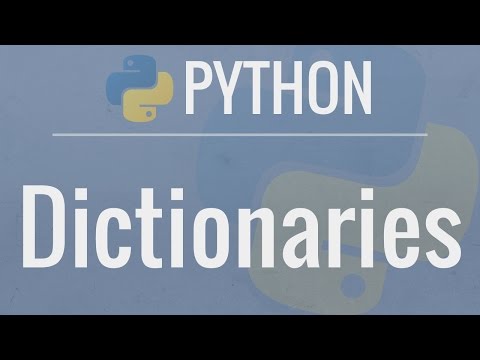
Found 23 images related to python dict check key theme
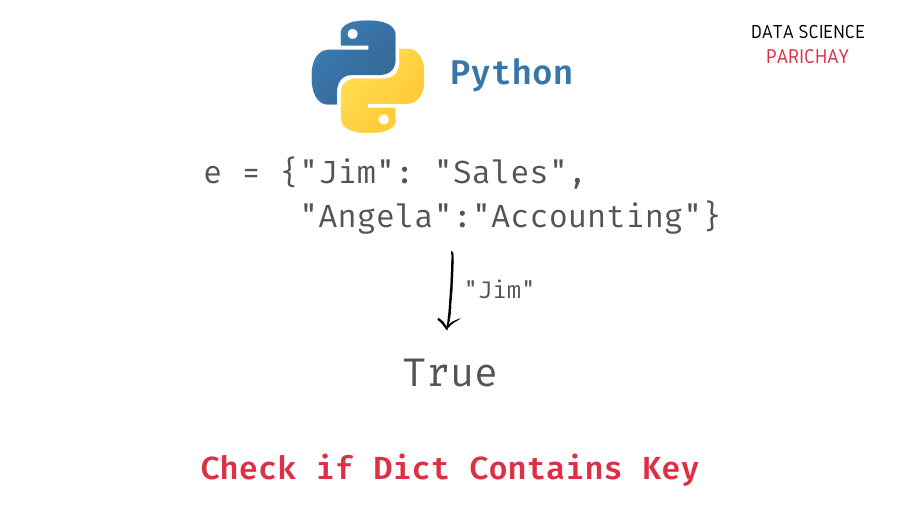
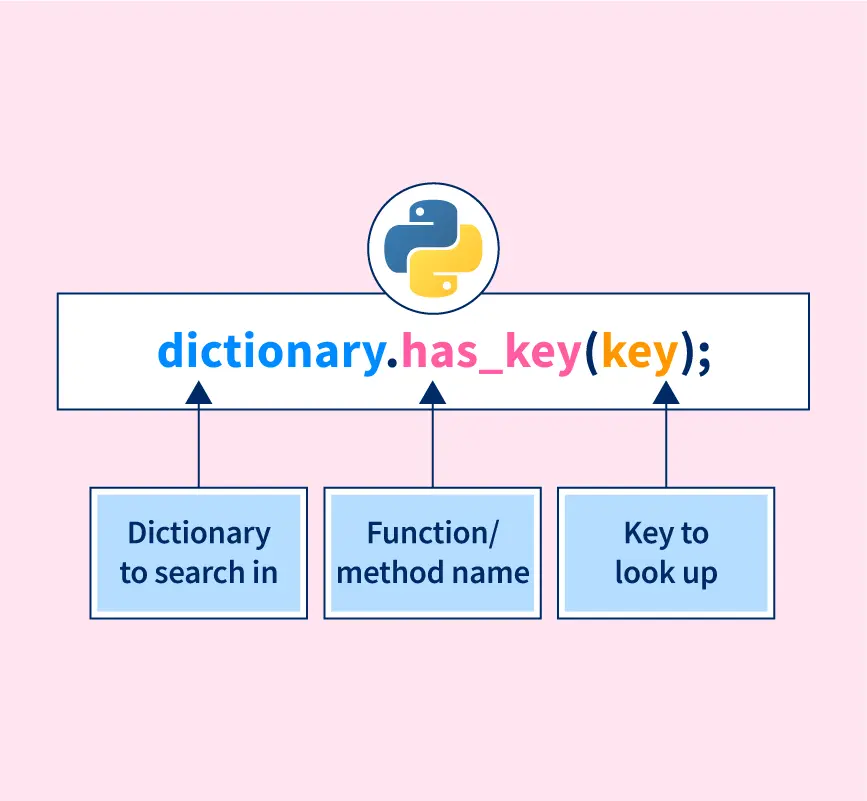

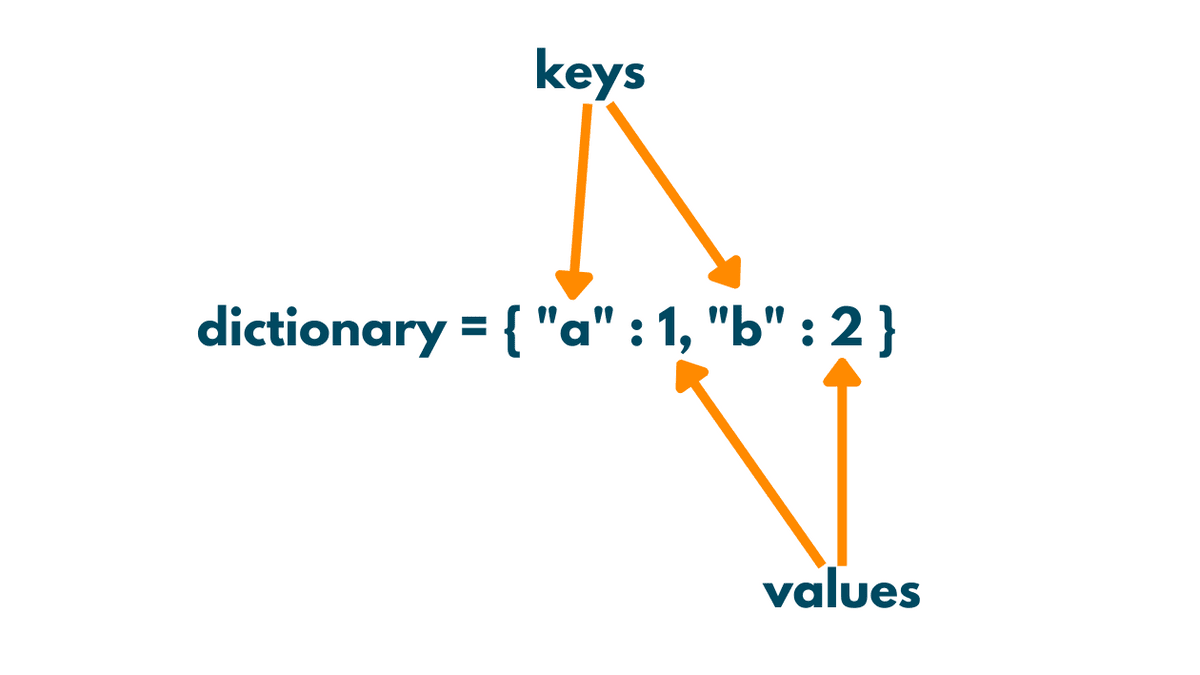

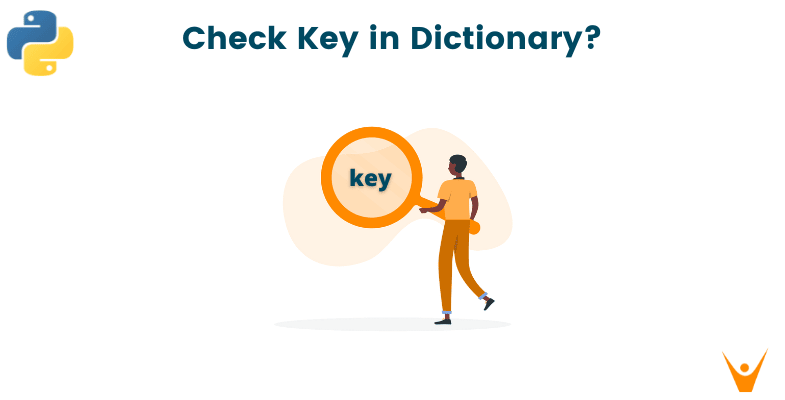
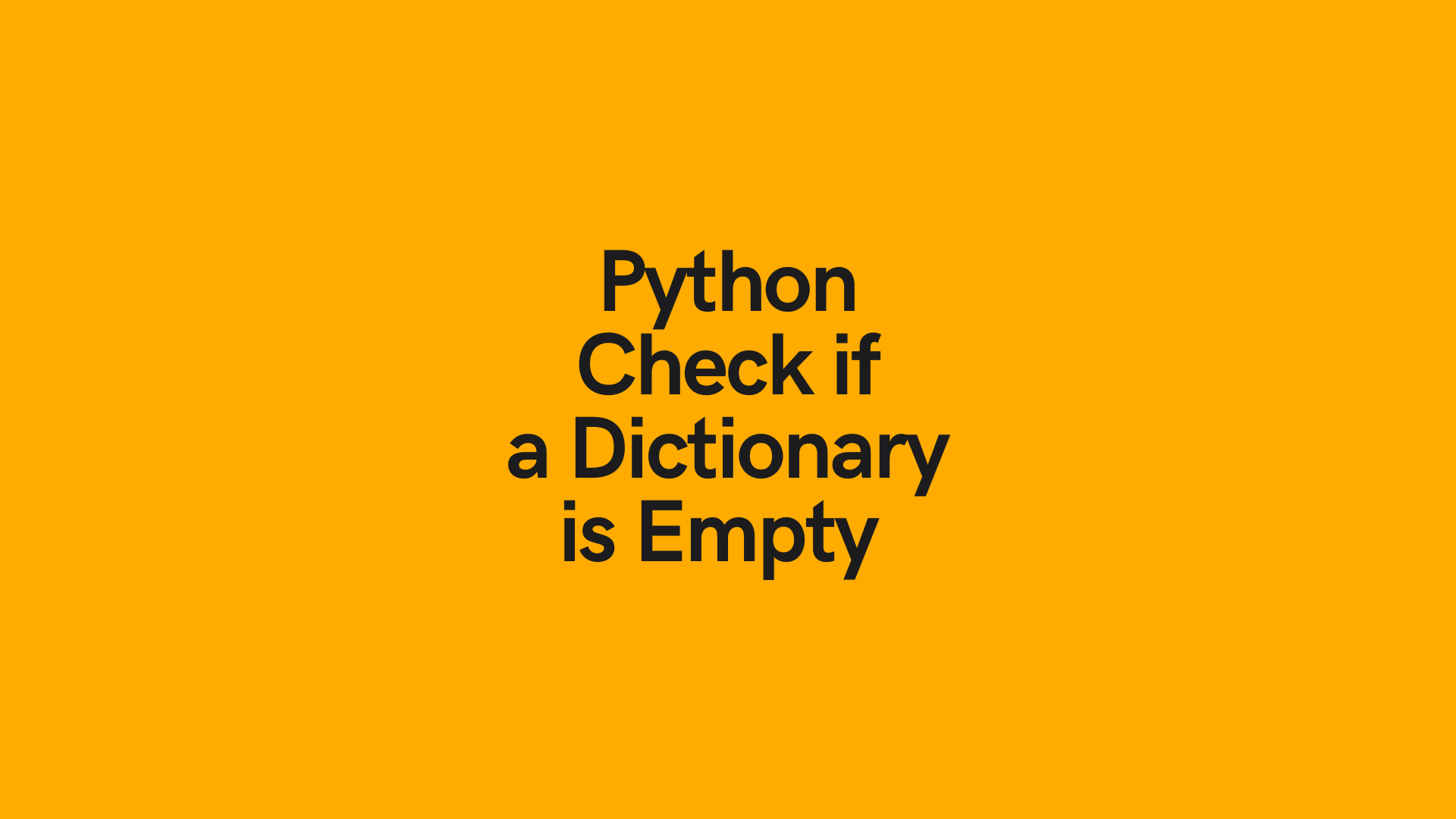
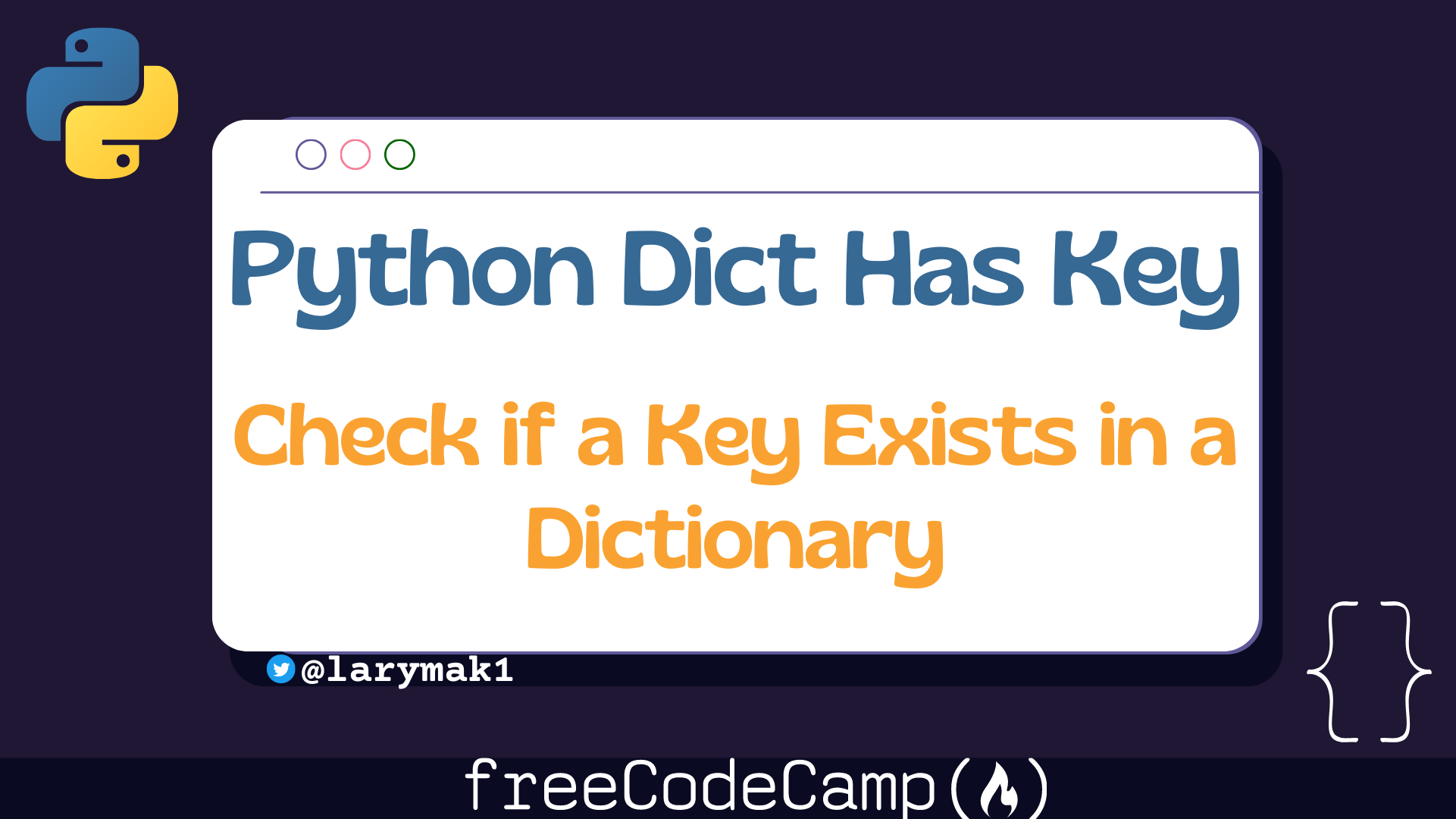






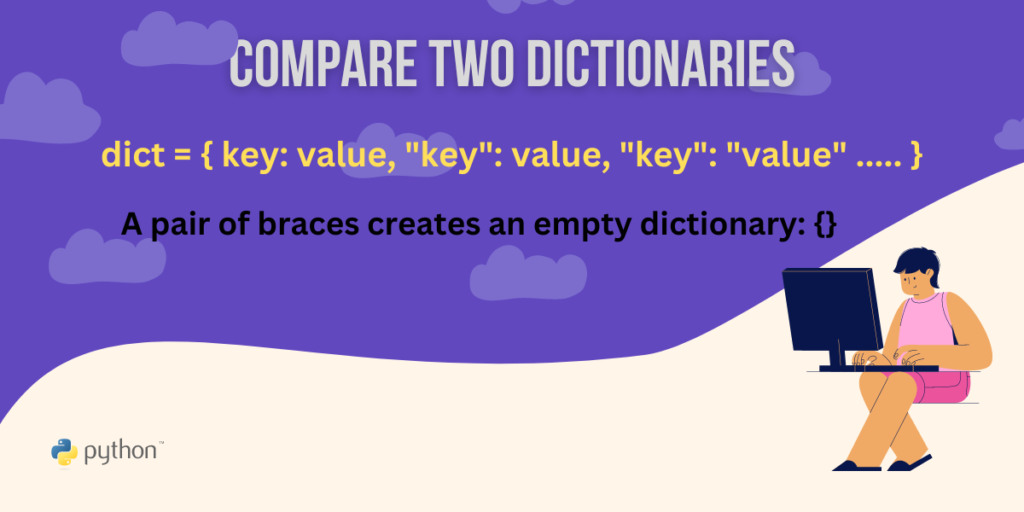











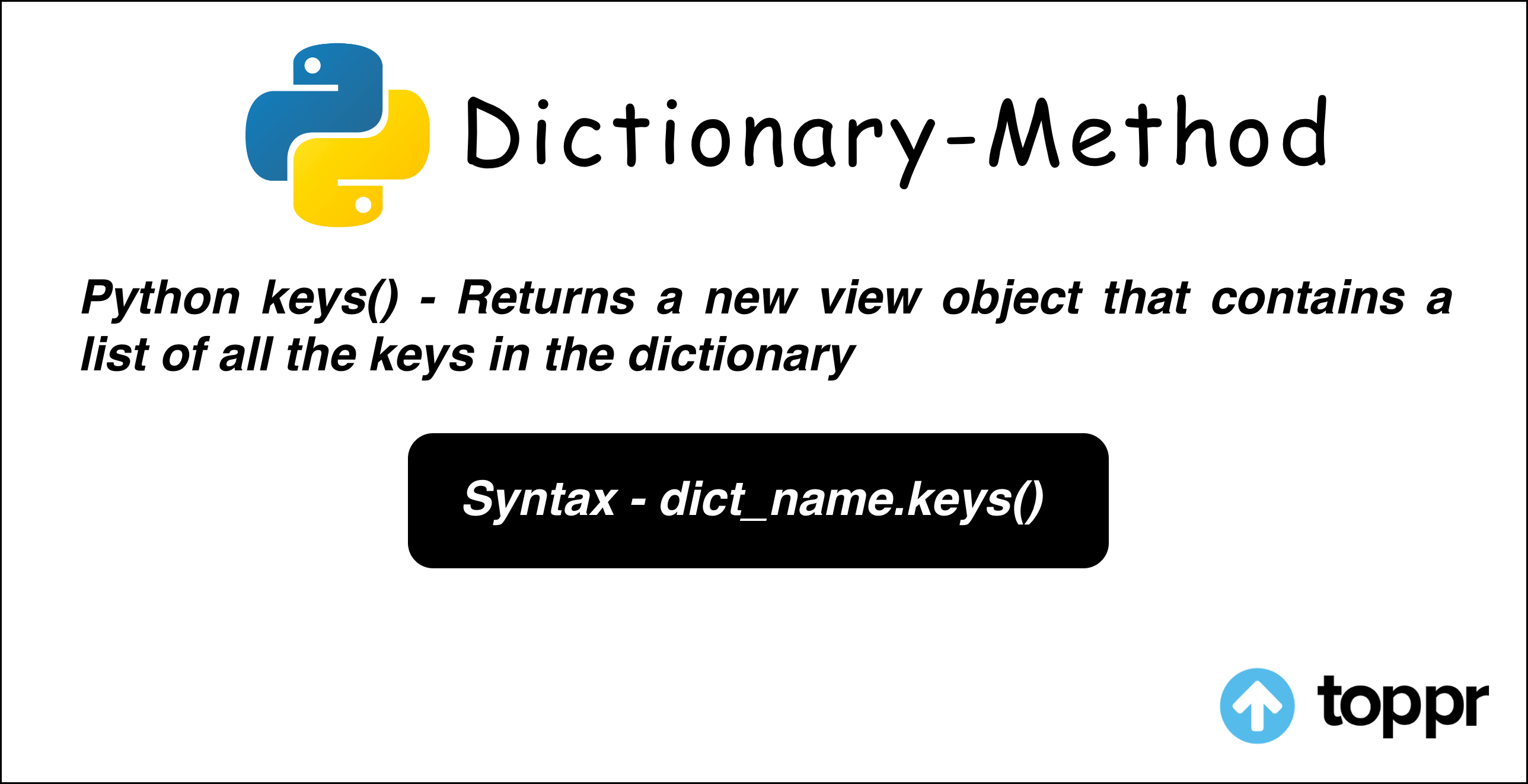

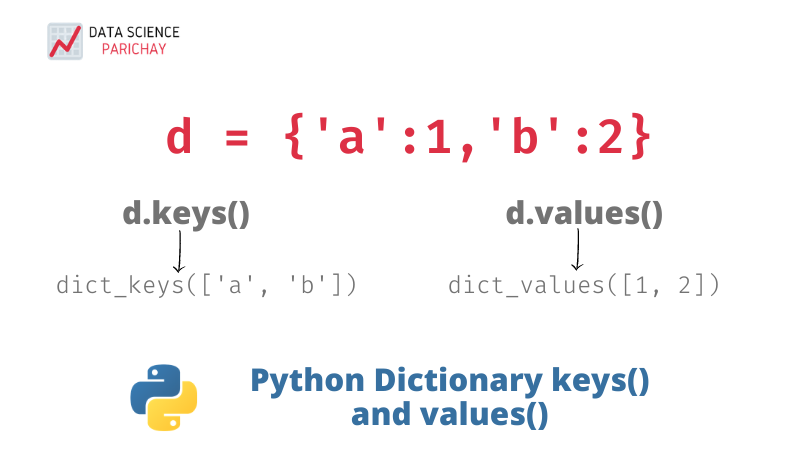
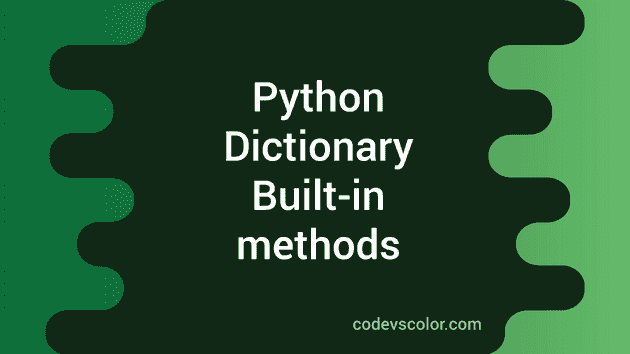

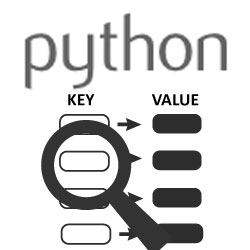


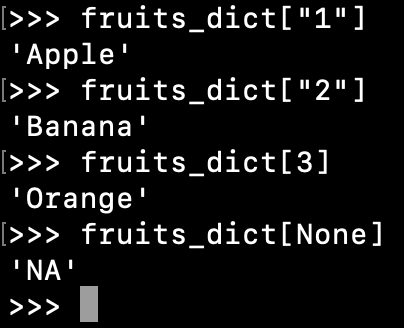

![Class 12] Julie has created a dictionary containing names and marks Class 12] Julie Has Created A Dictionary Containing Names And Marks](https://d1avenlh0i1xmr.cloudfront.net/374bed5d-d4bc-4d9f-b730-4c919131fae6/slide37.jpg)



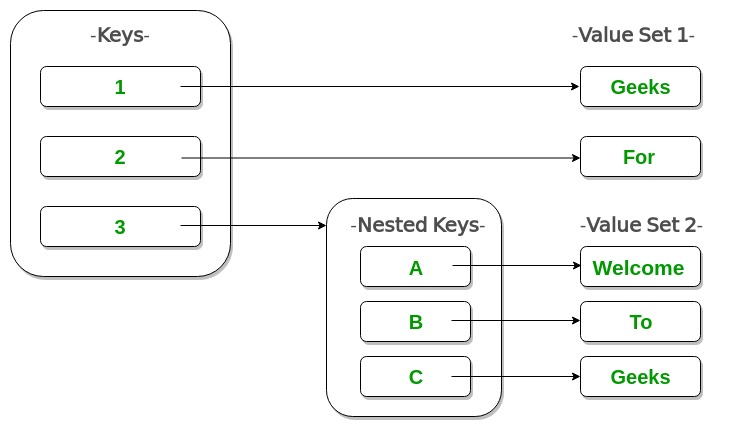
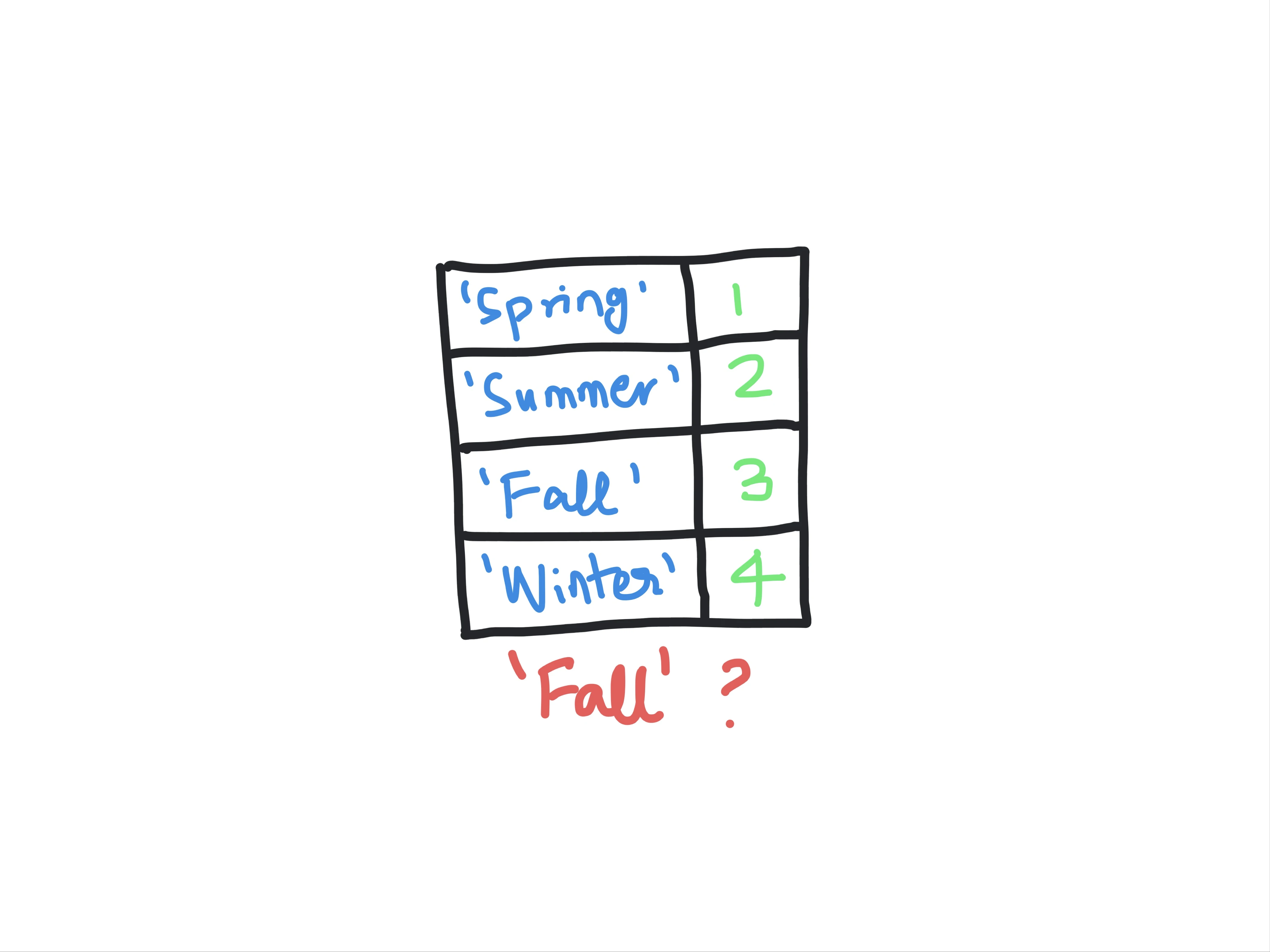
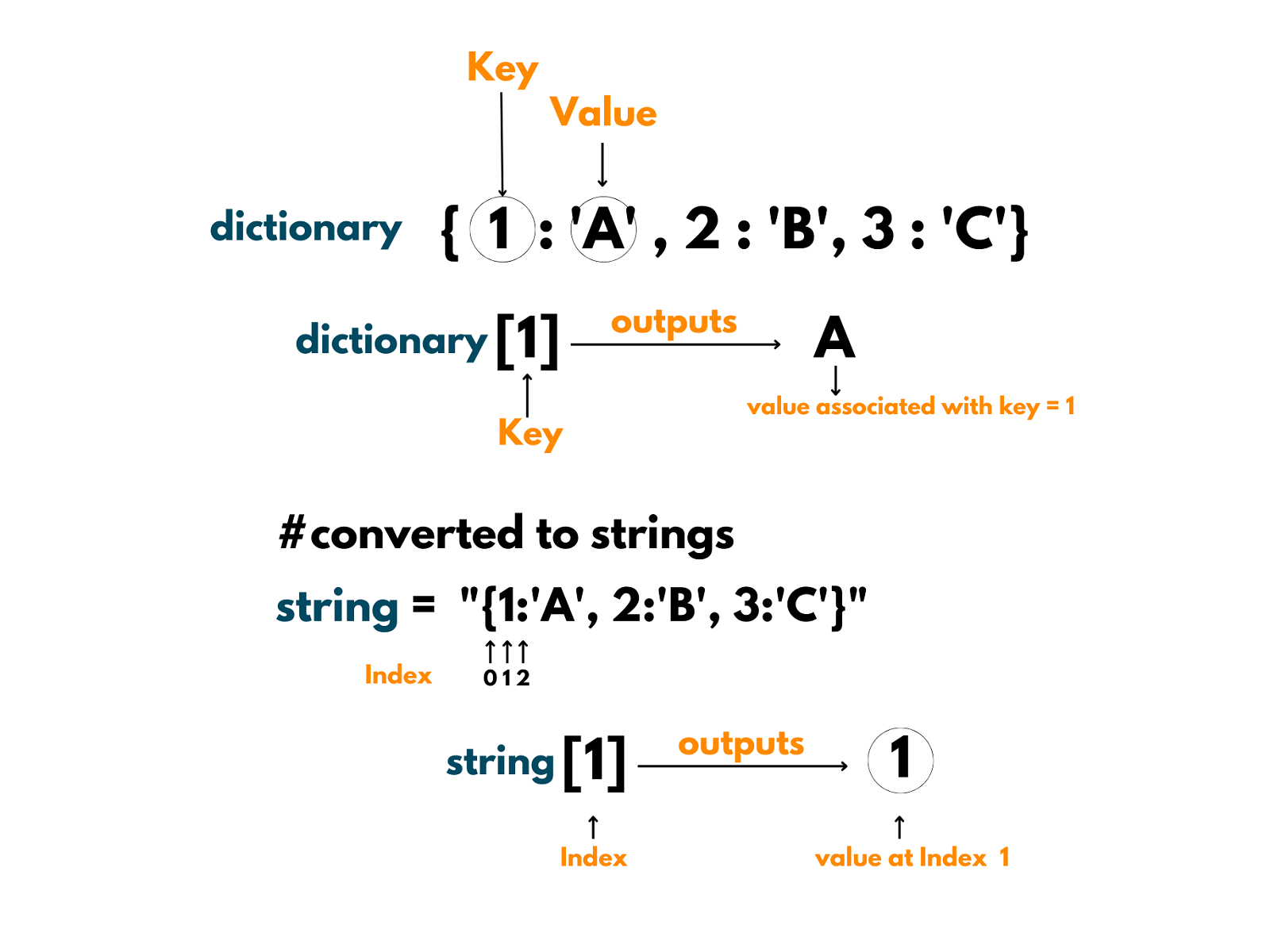



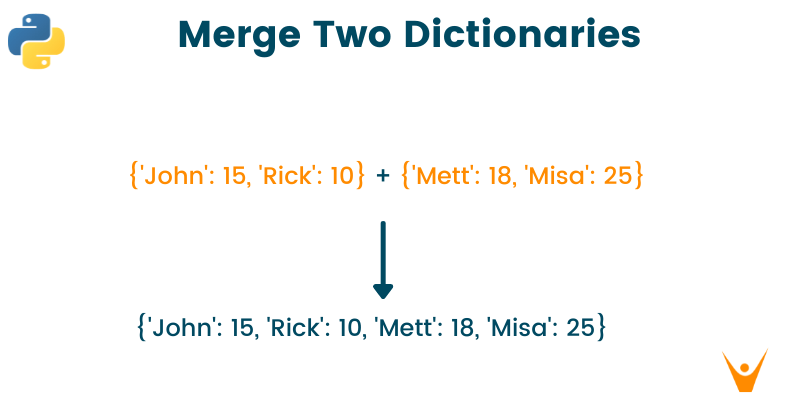
Article link: python dict check key.
Learn more about the topic python dict check key.
- How to check if key exists in a python dictionary? – Flexiple
- Check whether given Key already exists in a Python Dictionary
- Check if a given key already exists in a dictionary
- Check if Key Exists in Dictionary Python – Scaler Topics
- Python – Check for Key in Dictionary Value list – GeeksforGeeks
- 4 Easy Techniques to Check if Key Exists in a Python Dictionary
- Python – Check if dictionary is empty – Tutorialspoint
- Check if Key Exists in Dictionary Python – Scaler Topics
- How to check if a key exists in a Python dictionary – Educative.io
- Python Check if Key Exists in Dictionary – Spark By {Examples}
- Check whether given Key already exists in a Python Dictionary
- Check if Key exists in Dictionary (or Value) with Python code
- Check if key/value exists in dictionary in Python – nkmk note
- How to Check if a Key Exists in a Dictionary in Python
See more: nhanvietluanvan.com/luat-hoc